I’ve heard the songs, the stories, the gooey, gushy narratives about the beauty in brokenness. God loves us just as we are, and there is no point in pretending we are any better off than we actually are.
I’ve also heard the pushback. Is all this all this talk about brokenness just celebrating failure? Shouldn’t we be pushing forward toward healing and wholeness?
Last night, I caught sight of two of my oldest, most cherished dolls, nestled in the corner of the bookshelf in my writing room. And it made me think.
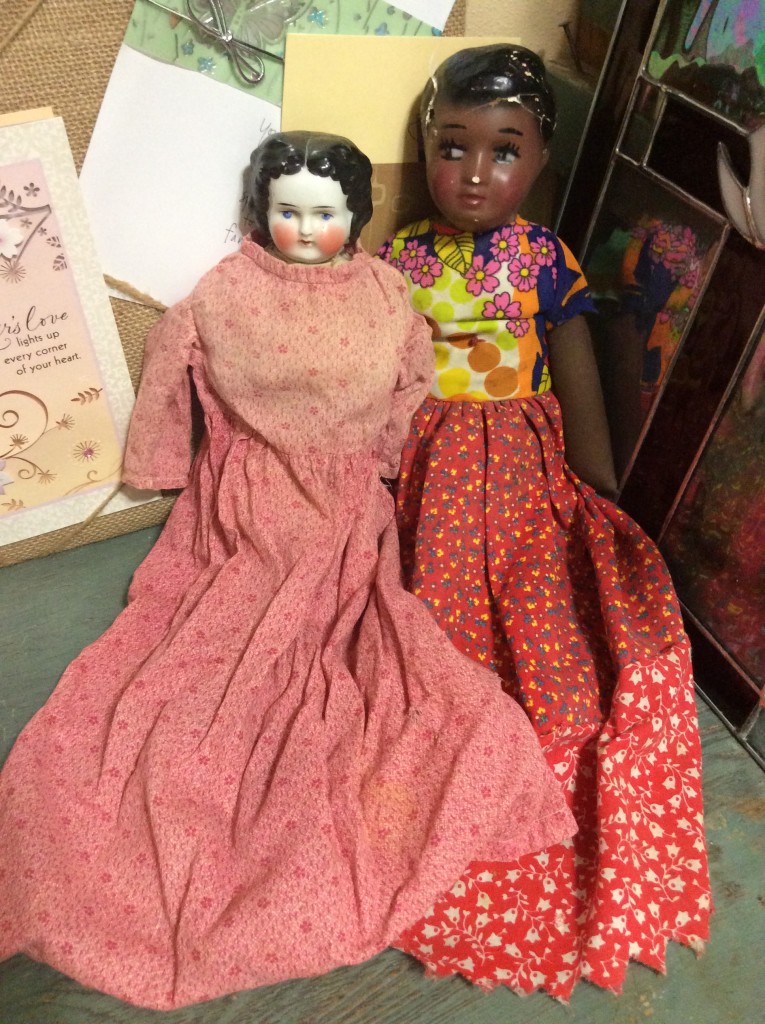
I have had Violet since I was very young, probably 4 or 5. She was a gift my father brought back from one of his trips to Haiti. When I was in my teens, a young boy visiting our house got a little too rough with her, leaving her (and me, at least a little bit) shattered.
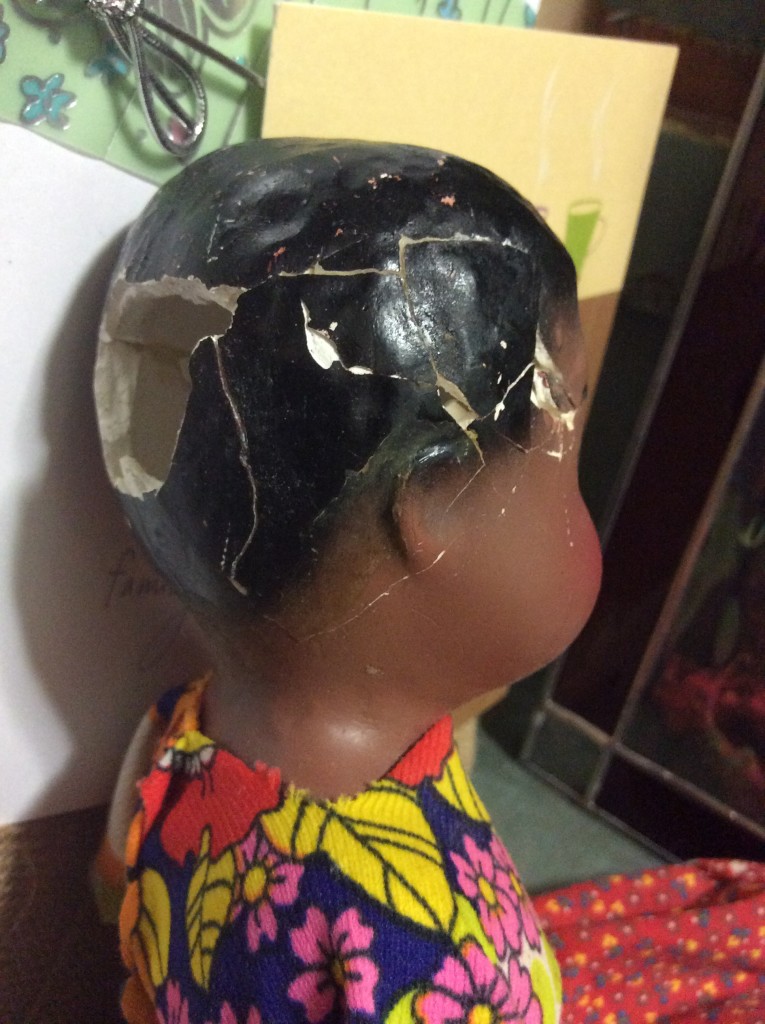
My father found a doll just like Violet in Florida, and bought her for me. And while I appreciated the gesture, it wasn’t Violet.
See, I don’t value Violet for her appearance–I couldn’t simply replace Violet with a shiny, unbroken version of herself. And I don’t love Violet because she is broken. The cracks don’t define her. But the cracks are part of the story about Violet, a story that intersects with my own in some small way.
Her story is important to me, beauty, brokenness, and all.
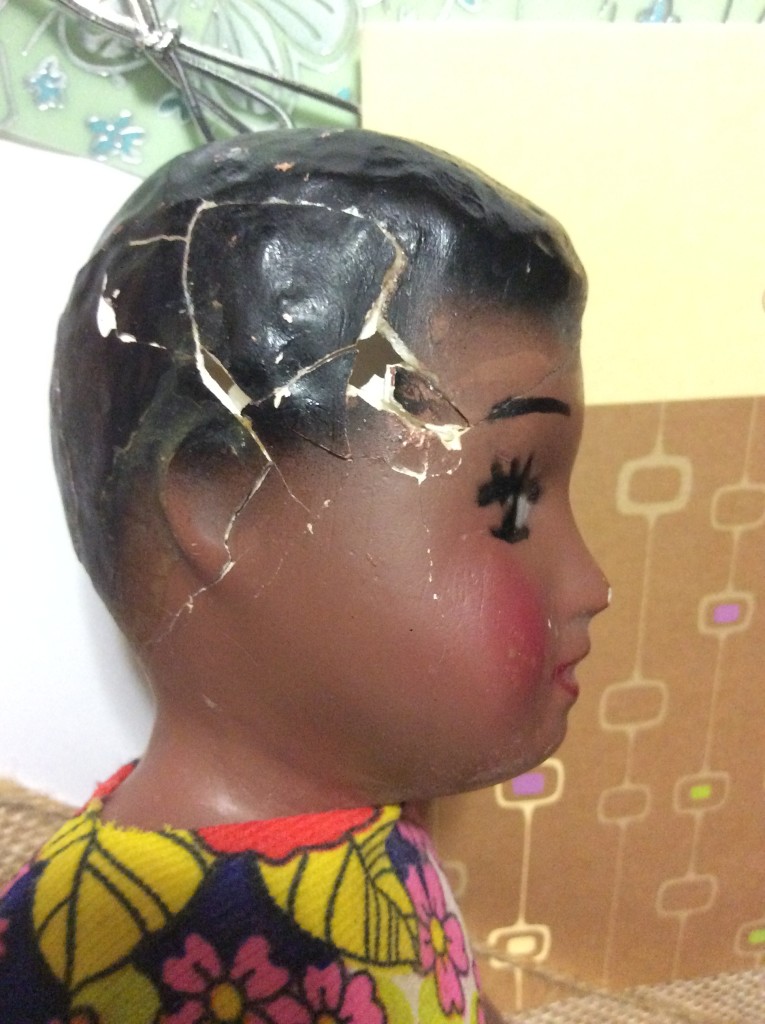
I inherited June from Grandma June, a special family friend who died while I was in my teens. June looks perfectly respectable on the outside, but when you get below the surface, you can see that she is falling apart on the inside. June’s body is brittle, patched together, bearing the scars of years of trauma. While Violet is just as sturdy as ever, despite her cracks, you have to be gentle with June. Jostle her too hard, and her sawdust stuffing leaks out.
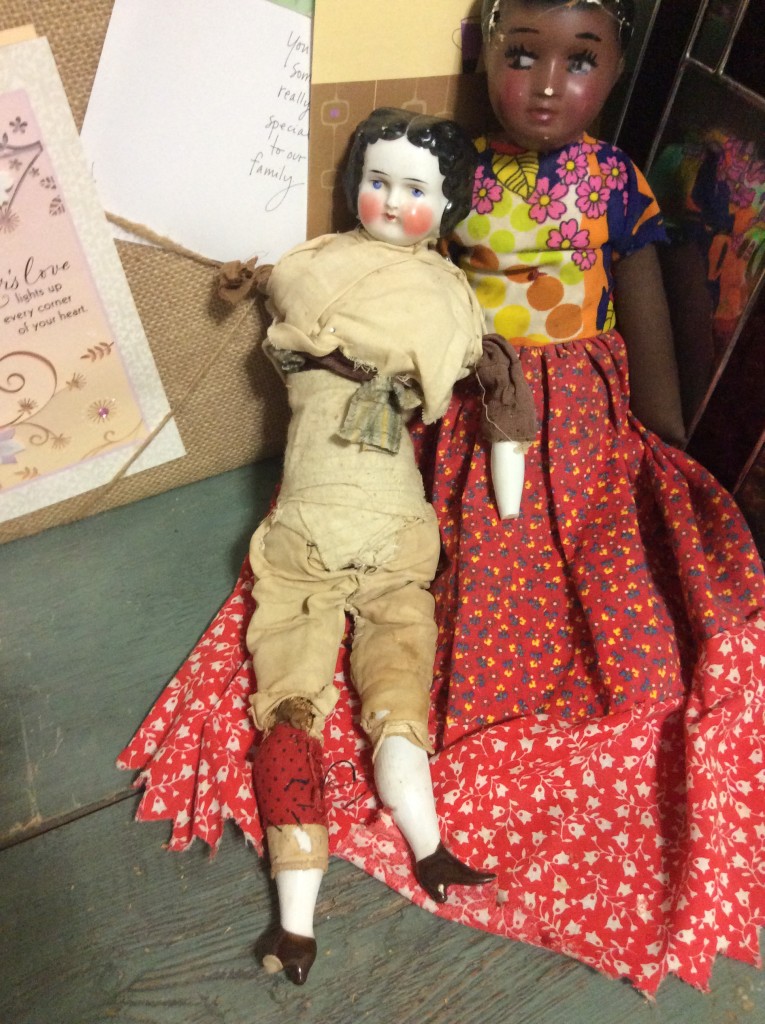
Again, I don’t love June because she is broken. But I do treat her with the special tenderness her condition requires. And I don’t know the story of the scraps and rags that are holding her together–if they were taken from the petticoat of a long dead mother, or the torn shirt of a brother whose great-great-grandchildren still live in this community. But I will admit to viewing them with reverential awe. June has come through so much over this century-plus, survived things that should have destroyed her because she was held together by forces larger than herself. The patches and wide, child-like stitches are a testament to that.
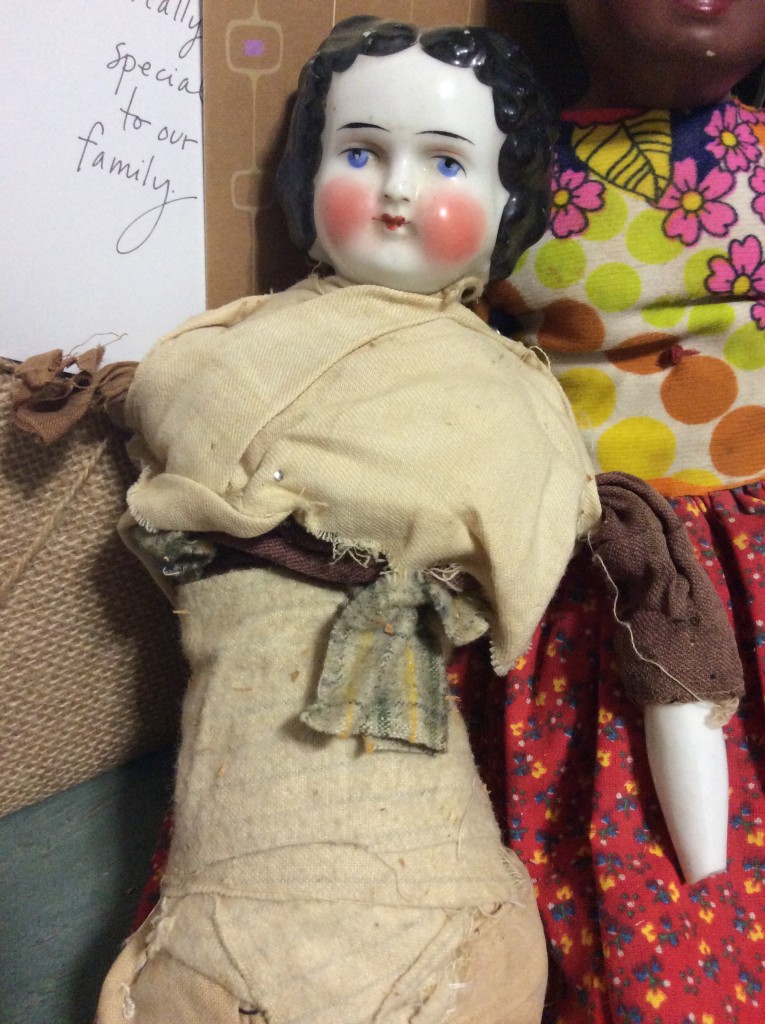
So, I don’t think the question of whether we should celebrate or shun our brokenness is an either-or proposition. Brokenness simply is what it is. The world takes its toll on us, whether we acknowledge it or not, but that does not change our worth in the eyes of God, or cause him to love us any less. Perhaps we should not rejoice in our brokenness, but we can point to our cracks and rejoice in how God has pieced the shattered pieces back together, point to our patches and tell the story of being held together through circumstances that should have torn us apart.
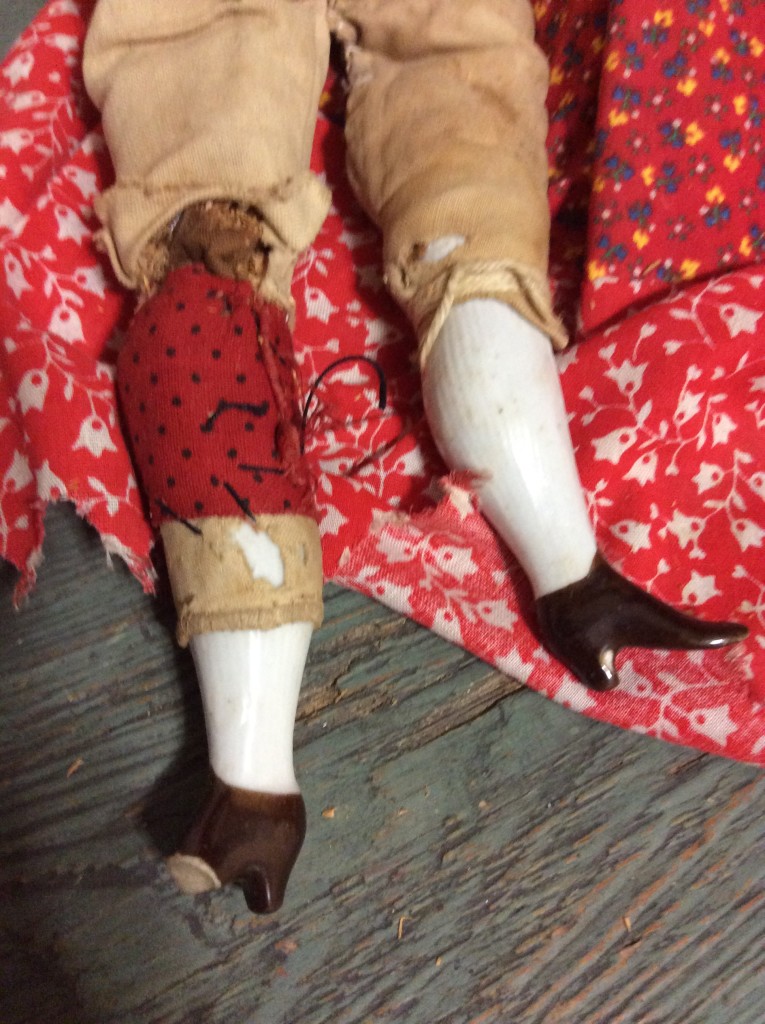
And we know, in the end, that God is making all things new.
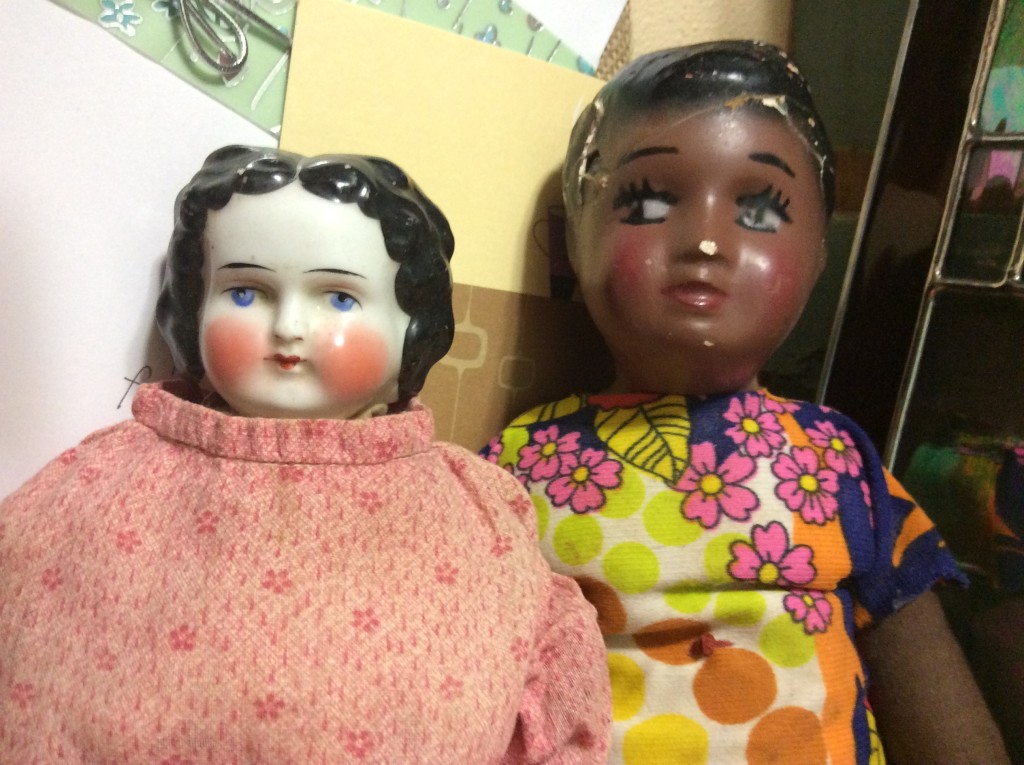

One Response to Beauty and Brokenness